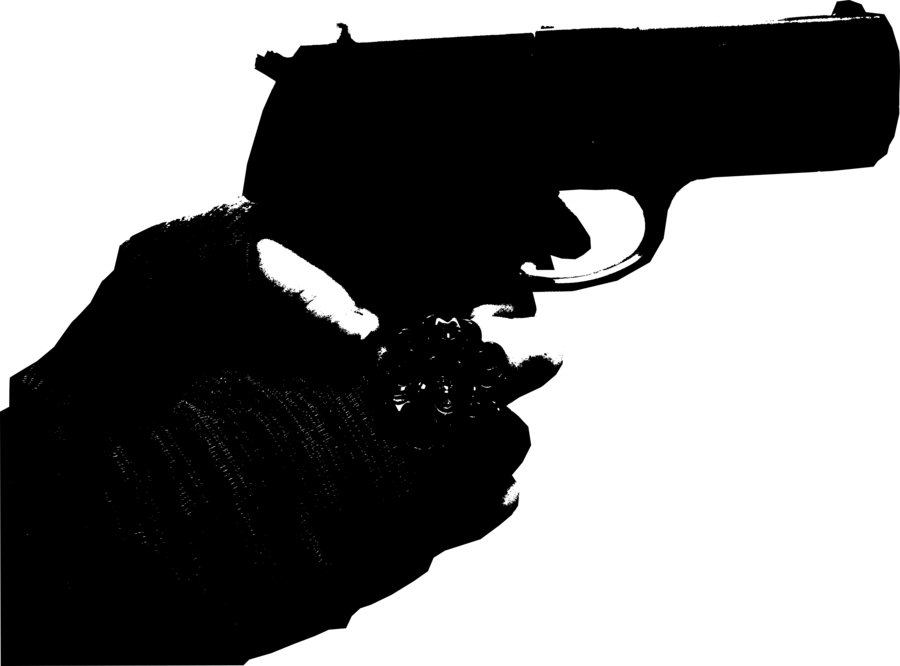

In 1955, Mamie Till-Mobley invited a Jet magazine photographer, David Jackson, to photograph the brutalized body of her 14-year-old son Emmett Till, who had been savagely beaten, shot and dumped into the Tallahatchie River in Mississippi by two white men who were speedily acquitted. Media outlets had no access to images of the shooting’s aftermath, so decisions about whether to publish graphic images from this situation are moot. Press photographers were only able to capture what was visible outside the school, including the images made by Pete Luna from the Uvalde Leader News, who witnessed children fleeing a classroom after climbing through a window. In the case of the Uvalde shooting, photojournalists were not allowed on the grounds of the school, and law enforcement did not release any images from the crime scene. “We don’t want to withhold images that would help people to understand what has happened in scenarios like these, but we also don’t publish images sheerly as provocation.” “We’re always trying to balance the news value of an image and its service to our readers against whether or not the image is dignified for the victims or considerate toward the families or loved ones of those pictured,” said Meaghan Looram, the director of photography at The New York Times. Mainstream news organizations sometimes show disturbing images of people who have died to illustrate the horrors of an event, like the photograph by Lynsey Addario of a mother, two children and a family friend killed in March in Irpin, Ukraine, or the image of a three-year-old Syrian Kurdish boy whose body washed ashore in Turkey in 2015. "In a time when there is a movement to erase Black history, it's important for the university to tell the story of not only the African American struggle for human rights but also the experience of Black joy as resistance in response to the heaviness of existing in an anti-Black world," Willis-Lowry said.“What makes this a challenging ethics call is that when you’re a photo editor, you never really do know which is the photograph that is going to seem exploitative, and what image will touch the conscience of people and move the needle on the debate.” Mosley previously documented the NAACP rally and 1964 Democratic National Convention also held in Atlantic City. The mounting of the exhibit was inspired by the 113th NAACP National Convention, which was held in Atlantic City in July. Artifacts from Levi's private collection, as well as memorabilia from famous Atlantic City figures and destinations, also are on display.
#TRANSPARENT PHOTO GUN IN HAND FREE#
Willis-Lowry, an archivist for the Blockson collection, curated the exhibit in collaboration with the Heston Collection at the Atlantic City Free Public Library and the private collection of Atlantic City historian Vicki Gold Levi.Īlong with Mosley's work, the exhibit features rare original portraits from photography studios on the Atlantic City boardwalk. Blockson Afro-American Collection acquired the exclusive photos in the late 1980s.

The passing of the Civil Rights Act in 1964 ended segregation, and in 1997 Chicken Bone Beach was declared a historic landmark by Atlantic City Council. "It was about creating a space in a society where they were systematically excluded from having a voice, but instead of labor, they embraced freedom, leisure and rest," Lesley Willis-Lowry, curator of the exhibit, said in a release. would spend their vacations during the Civil Rights era. The beach became a Black cultural hub and place of community during the summer, where prominent figures such as Martin Luther King Jr., Joe Louis and Sammy Davis Jr. In the beginning of the 20th century, segregation practices relegated African Americans vacationing in Atlantic City to the beach at Missouri Avenue, known as Chicken Bone Beach. He photographed numerous famous subjects, including Martin Luther King Jr., W.E.B Du Bois and Langston Hughes. Mosley, who died in 1969, was an African American photographer whose work appeared in newspapers throughout the eastern United States. Patti LaBelle to record with Jazmine Sullivan for upcoming R&B collaboration.Historical Society's social media campaign uncovers 19th century family murder.Amina restaurant in Old City to start serving weekend brunch.Mosley and the African-American Experience in Atlantic City" is available to view in the school's Charles Library at 1900 N. "Chicken Bone Beach: The Photography of John W.

A new exhibition that's currently on display at Temple University highlights a historic Atlantic City summer destination for African Americans.


 0 kommentar(er)
0 kommentar(er)
